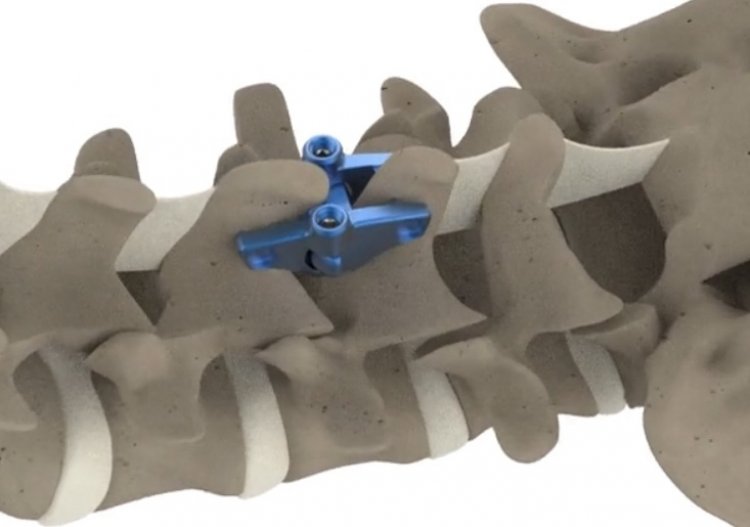'The Role of Less Invasive Spine Surgery': Dr. Raikar, MD, and Dr. Pandey, PhD, on Innovating the Technology & Technique

MALDEN, MA, USA:
KICV: Dr. Pandey, how do you see spine care in India as a problem?
Dr. Pandey, Ph.D.: Spinal pain management in India, either non-invasive pain management or invasive surgical procedure, is in the initial phase of its development. Back pain in India is a massive problem. Approximately 57% of the population has a lifetime prevalence of back pain, of which 12% (approximately 94 million people) suffer from chronic back pain. However, the infrastructure to support this massive population of 94 million is severely lacking because of the shortage of healthcare providers and innovative technologies and techniques. Therefore, India and various other Indian subcontinents pose very different challenges than those in developing countries like the USA and Europe.
KICV: What are the infrastructure challenges faced by the Indian spine care industry? Why is it different than the US and Europe?
Dr. Pandey, Ph.D.: A large number of patients, approximately 94.3 million with chronic back pain, and a minimal number of providers is just the first challenge. Another significant challenge to providing quality spine care is the lack of hospitals and establishments in urban and rural areas. Furthermore, one of the biggest challenges is patient education. A patient would rather live with back pain throughout their lives than seek treatment due to poor results produced by early providers.
The difference in the spine care industry between India and developed countries is apparent with the following statistics. For India's 94.3 million people, the patient to surgeon ratio is 55,000 compared to 6,700 for the US. For India's 1.38 billion people, the population to the number of surgery ratio is close to 2,000 vs. 200 for the US population. These data show that the developed countries' population has better access to spine care treatment.
Dr. Raikar, MD: It is not just the physical infrastructure that creates a significant challenge in a country like India but also the availability of products and technologies. Developed countries like the USA have access to all innovative technologies and techniques to perform spine surgeries. However, the product and techniques used in the US are not suitable for being used in countries like India due to the economic burden on the system – patients and providers. A typical spinal fusion via pedicle screw instrumentation costs somewhere close to $200,000, which is very difficult to procure for most Indian spinal fusion hospitals.
KICV: How does innovation with technology and technique can help?
Dr. Raikar, MD: When device companies are designing the products, they need to have the socio-economic condition of the developing countries in mind. They also have to collaborate closely with practitioners, physicians, and surgeons performing spine stabilization and fusion surgeries. A close collaboration between the physician and product company can streamline the technique and reduce the requirement of many instruments, thus decreasing the number of steps to complete the surgery. Keep in mind that the lesser the number of steps to complete the surgery, the lesser is the complication.
Dr. Pandey, Ph.D.: As Dr. Raikar mentioned, streamlining the surgery technique reduces the number of instruments required to complete the surgery. This has profound implications downstream at the supply chain and logistics level. In addition, to serve patients in developing countries, products and techniques must be customized to suit the geographic area as the fixed instrumentation cost is a huge driver to the adoption.
KICV: What is Inspan doing to translate the innovation to developing countries like India?
Dr. Pandey, Ph.D.: Inspan is a sister company of a healthcare venture capital firm focused on innovating technology and techniques to make spine surgery safe and effective. Every company in the portfolio, including Inspan llc, has its advisory board of physicians who work closely with our engineering and operations team to innovate products and techniques. Our physician advisors have diverse backgrounds and have a good understanding of the needs of developing countries that helps them innovate the technology and technique with us.
Dr. Raikar, MD: By closely working with various innovative technology companies like Inspan llc, physicians like me and others in pain management, as well as in ortho and neuro spine surgery, can innovate techniques so that it can simplify the surgery and reduce the complications. Reducing steps by simplifying the technique will benefit resources lacking geographical areas like India, Pakistan, Bangladesh, Nepal, and many other countries in Asia and Africa.















































